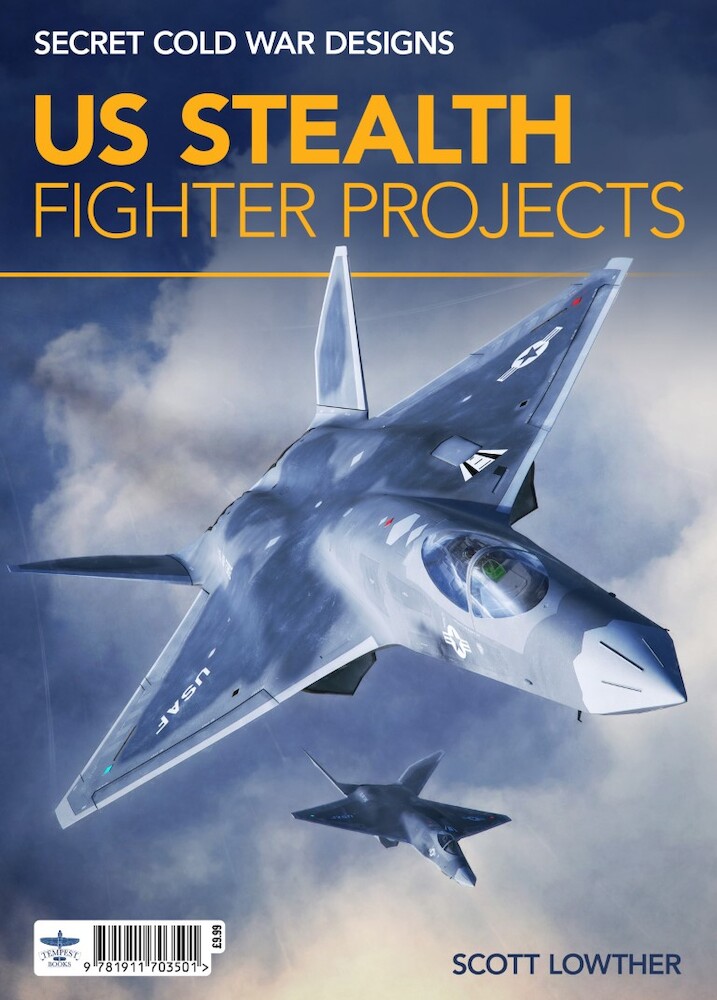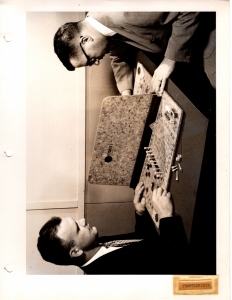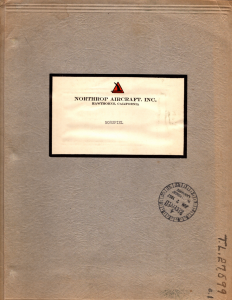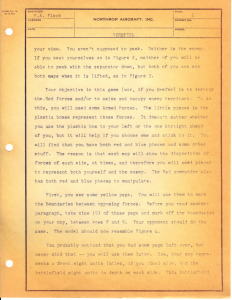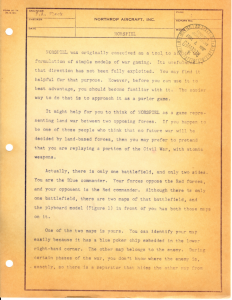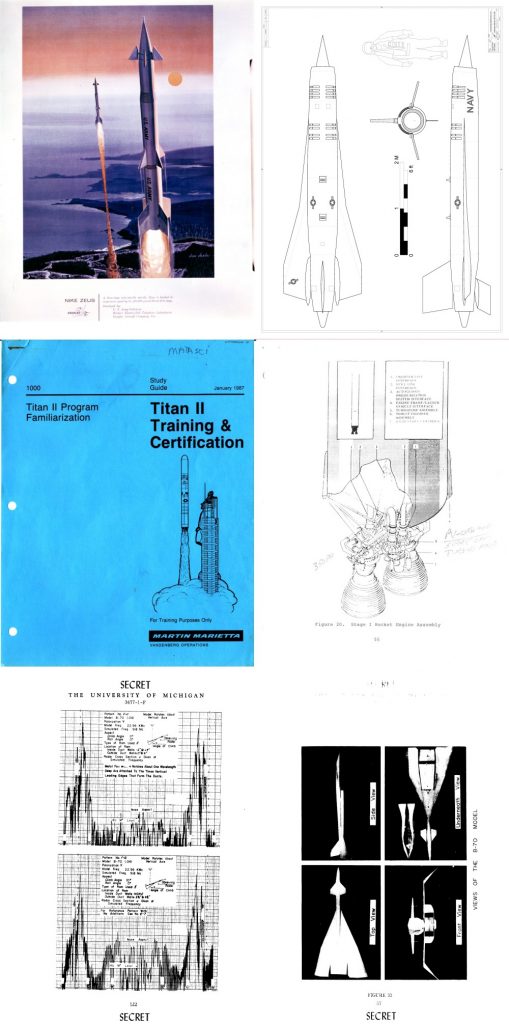Now in the page-layout stage is my fifth book, “US Stealth Fighter Projects.” This covers a wide range of fighter aircraft designed from the early sixties to early 2000’s, including ATF and JSF programs. It should be available in a few months from Mortons.
If it does well, a Volume 2 is being considered…
Perhaps as a surprise to nobody, I’m a little late on the February rewards:
1) The end of the short month snuck up on me
2) I’m at the VERY end of finishing up a project I’ve been working on for a year and a half
3) I was about halfway through processing a big report I planned on putting into the months catalog when it dawned on me… ‘hey, haven;t I already released this?” Ayup. A big waste of time. Gah.
Anyway, the rewards are all processed except for this months CAD diagram. Currently in works.
Protected: February 2025 rewards catalogs
Now scanning: “Norspiel,” rules book for a wargame created at Northrop Aircraft in 1957. Not the usual sort of thing I go after, but it seems interesting. I wasn’t able to find anything online about it other than the ebay listing, so it may be new to the wargaming world. I’m not a wargamer (not since about 1987), so I’m no expert, but it seems a lot simpler than, say, Dungeons and Dragons or Warhammer 40K.
This will be added to the next APR Patreon/subscriber catalog to be voted on for a monthly reward. If this sort of thing is of interest, please check out:
Rewards for January 2025 have just been sent out. They include:
CAD: Lockheed-Martin RATTLRShypersonic missile
ART: Douglas Nike-Zeus advertising artwork
Doc: 1987 Martin-Marietta “Titan II Program Familiarization – Titan II Training & Certification.” Well illustrated guide to the Titan II launch system.
Doc: University of Michigan report: “The Radar Cross Section of B-70 Aircraft,” 1960. originally secret, declassified report prepared for NAA describing the RCS of the B-70, and how to reduce it.
Subscribers/Patrons for the APR Monthly Historical Documents Program not only receive a monthly collection of aerospace goodies such as these, but can also pick up back issues all the way to 2014.
aerospaceprojectsreview.com/monthly.htm
Protected: January 2025 Rewards Catalogs
It doesn’t happen terribly often, but every now and then humor slides into aerospace concept art. I’m ~100% sure that that’s exactly what this is: Expulsive Nuclear-Electric Manned Astroliner (ENEMA). Convair/General Dynamic artist’s concept, 1960-62. The design is actually not that unlike some nuclear launch vehicle concepts of the time, with one giant nuclear engine connected to one giant spherical tank, topped by a payload… but come on, we all know what they were going for here.
Click image to go to a Flickr page with a really high rez version.
